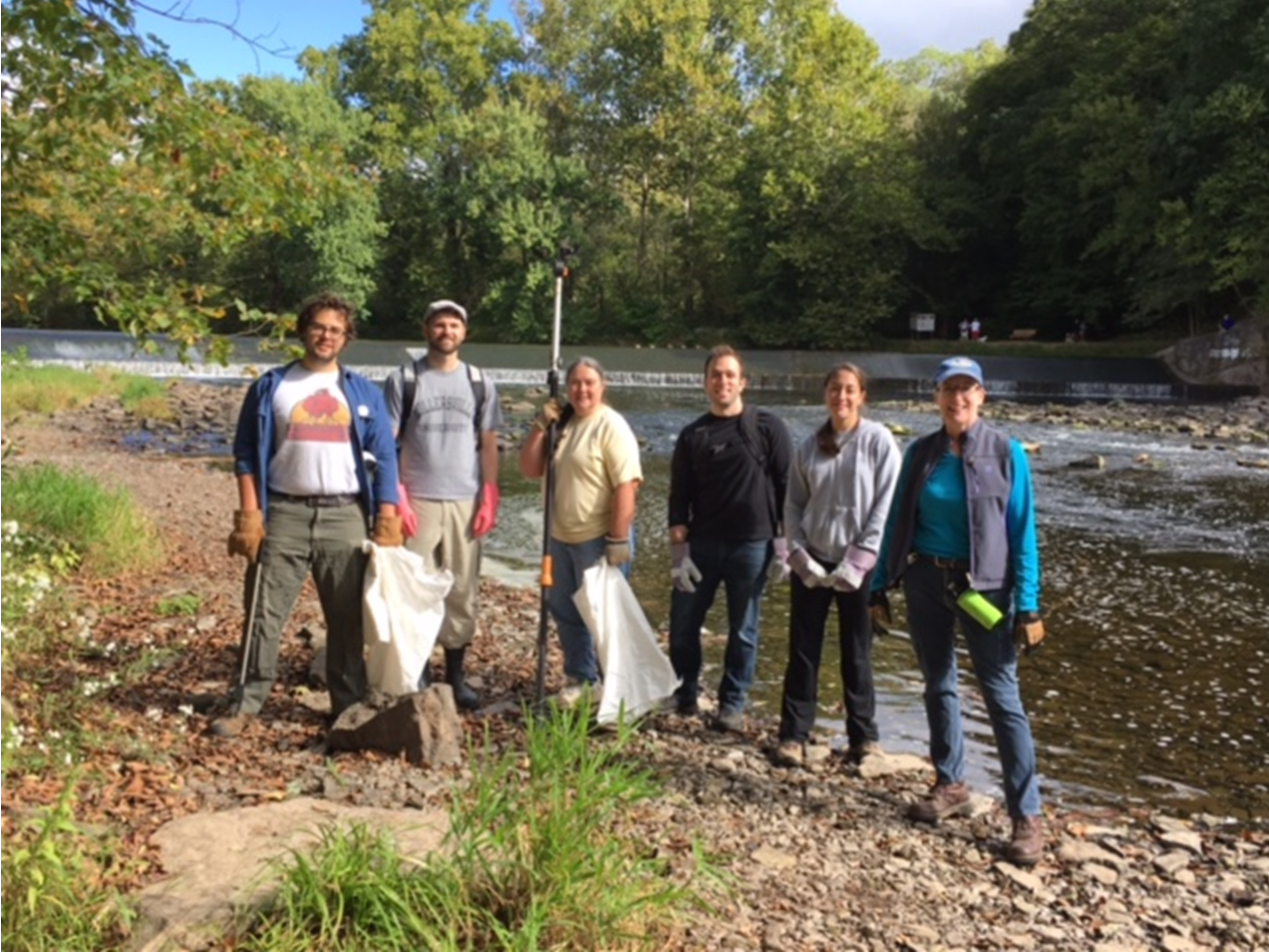By Jim Kaff
Locals know Tyler State Park as a great state park right here in Bucks County. For those of us that live nearby it is an unbelievable asset. A huge state park, 1,700 acres, with a river for fishing and boating and 25 miles of paved walking trails. There are enclaves of private homes, farmsteads, all historic structures; and still much remaining farmland. There are woodland trails, a covered bridge, horse trails, a playground and recreational areas, and an arts building. While it is a state park, it is next to Newtown Boro, and is used heavily by nearby residents. If you have never been, it is worth a visit.
Tyler has been affected by not only heavy usage, but by the onslaught of invasives and weather events related to climate change common to all areas. Invasives like multi-flora rose and knotweed have been choking out native plants and related insect and bird populations for years. For years park volunteers have worked to check these species. In the unfolding calamity of climate change the latest major assault has been the ash borer. While science looks for a way to slow down and stop the ash borer, yet another tree species in the Northeast is disappearing. See Chestnut. See Elm. The ash borer made the stand of ash trees in Tyler unsafe to be around in a park so heavily used. As a result, the park clear cut its entire stand of ash trees. The number of trees removed in Tyler was over 1,200, leaving several areas denuded of trees and cover and resulting in flooding and water logging. To have seen it in the days and weeks after the removal was shocking. The park has made very basic responses like trench digging to mitigate the most pressing aspects of the cut.
Joyce Ely had already been volunteering at Tyler for years when the clear cut occurred. The needs of the park catalyzed plans she already had in place to regenerate the park. The Neshaminy Creek Watershed Association’s current work involves planting 2 large areas near Neshaminy Creek in stages with around 80 native saplings and around 40 shrubs and additional perennial natives. The two-phase project began in 2017 and its planned completion is Fall of 2019.
Restoring native plant species not only addresses localized flooding and water logging, it will clean the water of the creek and provide habitat for native bugs, and consequently birds and other wild life. Tree planting is maybe the oldest and assumed most basic form of beautification and restoration, but the science behind the concept, and understanding the far-reaching effects of tree planting and forest restoration continues to grow. China and Australia are in the process of planting billions of trees to combat the effects of desertification and air quality. Reforesting at this scale has even been proposed as a legitimate and least costly method of addressing climate change.
The restoration planting at Tyler is one meaningful project in an ever underfunded but critical attempt to beat back localized and global effects of warming. We need to hold up the groups engaged in these projects. The Southeastern PA Sierra Club applauds the efforts of Joyce Ely and the members of the Neshaminy Creek Watershed Association.
This blog was included as part of the 2019 Winter Sylvanian newsletter. Please click here to check out more articles from this edition!